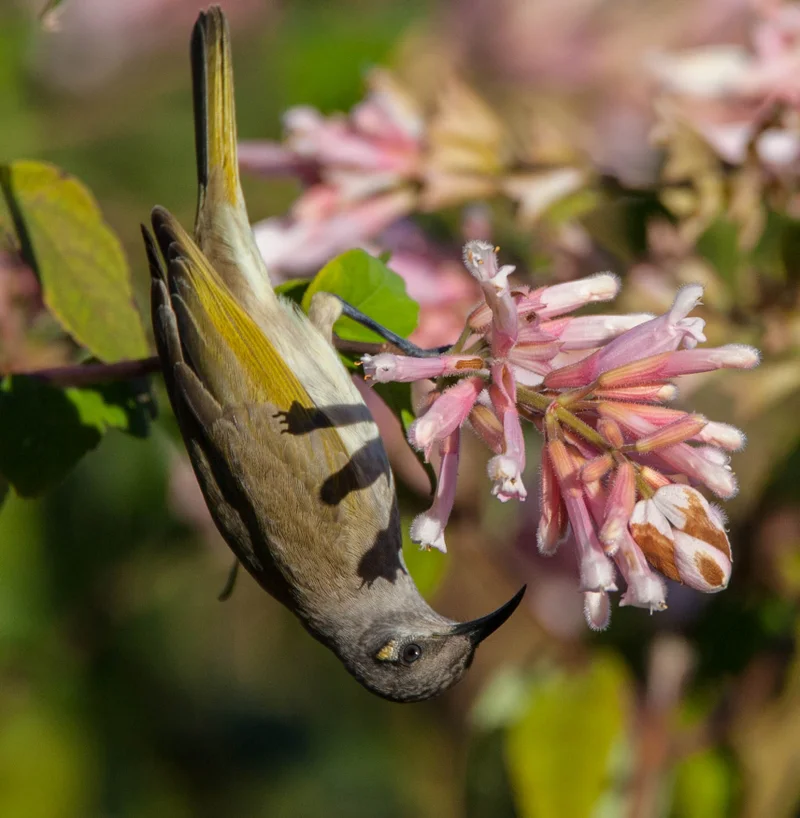Butterflies are great pollinators. A lot of other animals also provide important pollination services including bees, hoverflies, weevils, birds and moths. Different pollinators pollinate different plants. A diverse pollinator population will contribute to the health and productivity of your garden ecosystem, making it more resilient and less vulnerable to pests and diseases. A garden rich in pollinators supports local wildlife and promotes biodiversity too.
Discover how to create a welcoming and sustainable habitat for a diversity of pollinator species.
Bees
Bees, including honeybees, native stingless bees, and solitary bees, are vital pollinators in many ecosystems.
Attract bees with:
Flowers - Plant a variety of flowers of different shapes, sizes and colours to attract different bee species. Bees are particularly attracted to blue, purple and yellow flowers. Examples include Paper Daisy, Brachyscome, and Coleus species.
Nesting sites - Provide nesting sites by leaving bare patches of soil for ground nesting bees. Install bee hotels for solitary bees.
Water sources - Include shallow water sources with landing spots such as stones or floating leaves, where bees can drink safely.
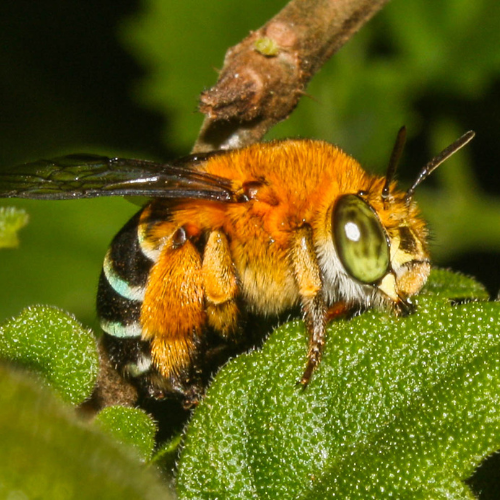
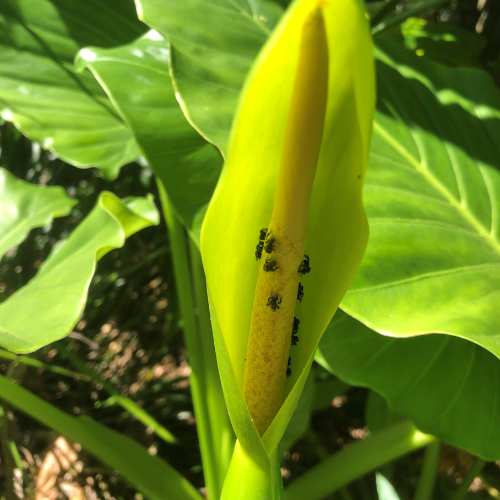
Hoverflies
Hoverflies are important pollinators and help control pests such as aphids.
Attract hoverflies with:
Flowers - Hoverflies are attracted to small, open flowers, such as those in the Leptospermum family. Consider also adding Lobelia, Native Violet and Yellow Buttons to the garden.
Shelter - Maintain areas with dense vegetation or ground cover where hoverflies can seek shelter and lay eggs.
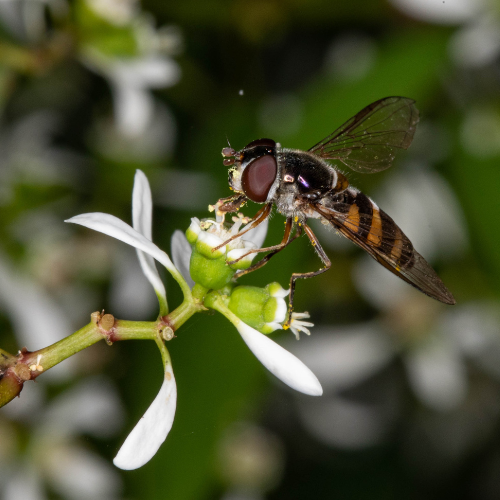
Weevils
Weevils, while not as well-known, play a role in pollination, particularly in specialised ecosystems.
Attract weevils with:
Diverse plantings - Plant a variety of native plants, including those with dense flowers where weevils can feed and hide. Weevils in particular love Eupomatia species like the Bolwarra.
Microhabitats - Provide microhabitats, such as leaf litter and fallen logs, which offer shelter and food sources for weevils.
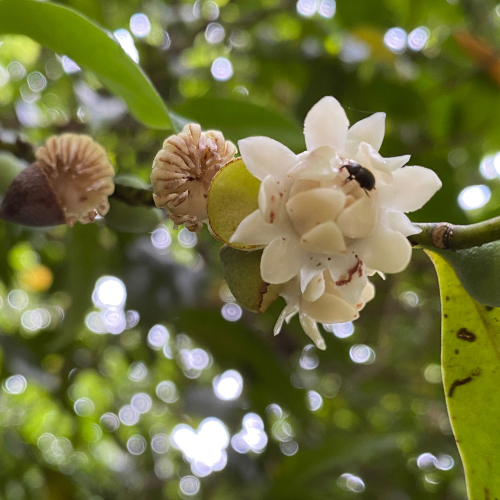
Moths
Moths are important nocturnal pollinators, particularly for plants that bloom at night.
Attract moths with:
Night-blooming plants - Include night-blooming pale coloured flowers like Eupomatia and Commersonia species.
Light sources - Use low level lighting that doesn’t disrupt moth behaviour. Consider planting flowers in areas where they can be illuminated by moonlight or garden lights.
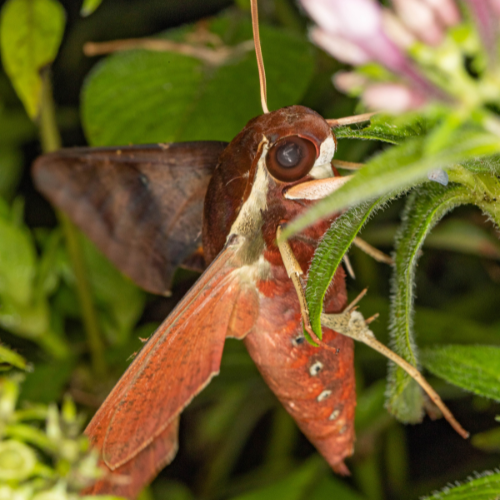
Birds
Birds, particularly honeyeaters, are excellent pollinators, especially for tubular flowers.
Attract birds with:
Flowers - Plant a complex and diverse garden with layers of flowering groundcovers, grasses, shrubs and trees. Planting too many plants with large nectar rich flowers, such as grevillia cultivars, can encourage an imbalance in bird species. Provide a balance of nectar and fruit producing plants. Include natives with small flowers to avoid birds such as noisy minors and rainbow lorikeets dominating your garden.
Water features - Birdbaths or small water features provide drinking and bathing spots for birds. Ensure they include features like a large stick or rock to allow birds to escape the water.
